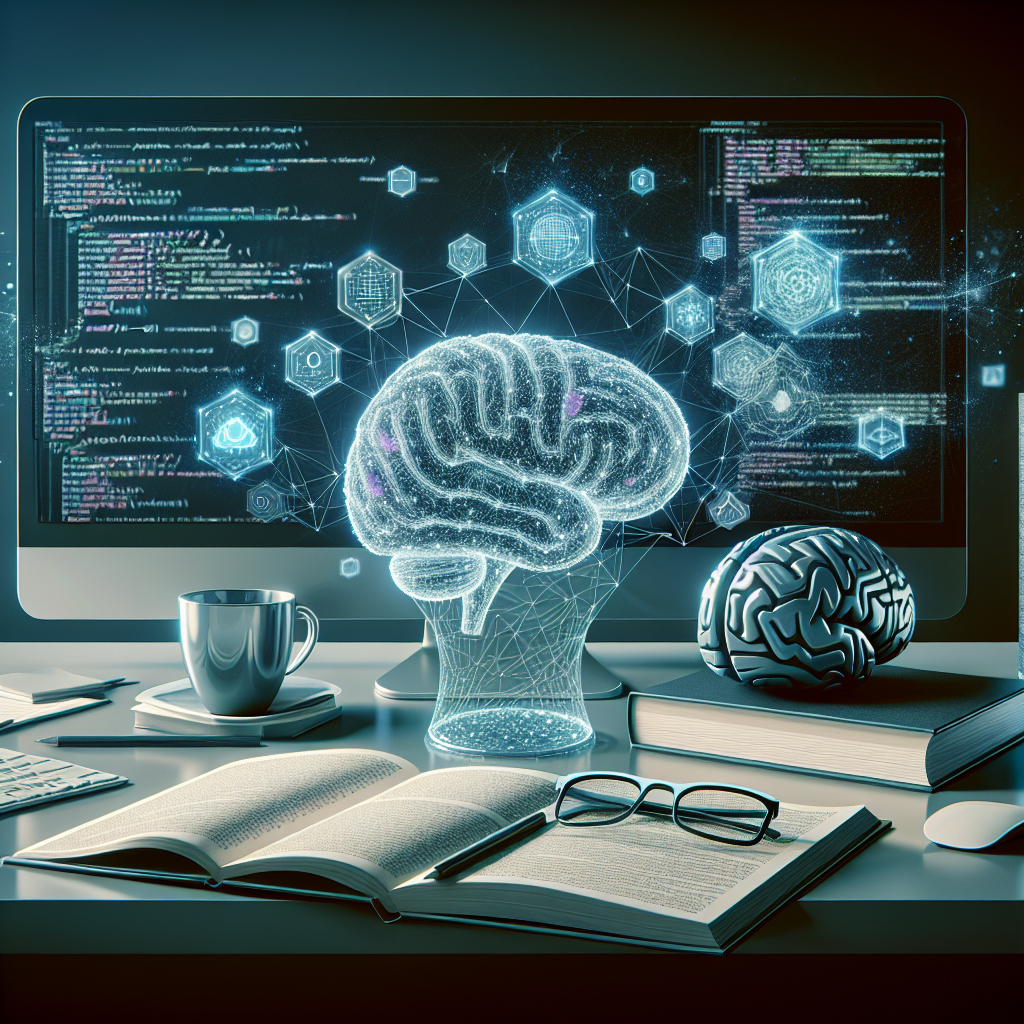Machine learning has become an indispensable tool in a wide range of industries, from healthcare to finance to marketing. One of the most powerful and widely used techniques in machine learning is deep learning, which involves training neural networks with multiple hidden layers to learn complex patterns and relationships in data. Convolutional Neural Networks (CNNs) are a type of deep neural network that is particularly well-suited for tasks such as image recognition and natural language processing.
In this comprehensive guide, we will explore how to build efficient machine learning systems using CNNs and popular deep learning frameworks such as PyTorch and TensorFlow. We will cover the basics of deep learning, including the structure of neural networks, the backpropagation algorithm, and the importance of hyperparameters. We will also discuss how to preprocess data, train models, and evaluate performance.
One of the key challenges in building efficient machine learning systems is optimizing the architecture of the neural network. This involves choosing the number of layers, the size of each layer, the activation functions, and other components of the network. In the case of CNNs, it is important to consider the structure of the convolutional layers, pooling layers, and fully connected layers. By experimenting with different architectures and hyperparameters, we can find the optimal configuration for a given task.
Another important consideration in building efficient machine learning systems is data preprocessing. This involves cleaning and formatting the data, as well as transforming it into a format that is suitable for input to the neural network. For image data, this may involve resizing and normalizing the images. For text data, this may involve tokenizing the text and converting it into a numerical representation.
Training a neural network involves feeding the data through the network, computing the output, comparing it to the true labels, and updating the weights of the network using the backpropagation algorithm. This process is repeated for multiple epochs until the network converges to a satisfactory solution. It is important to monitor the training process and adjust the learning rate, batch size, and other hyperparameters as needed to prevent overfitting and ensure good generalization performance.
Finally, evaluating the performance of a trained model involves testing it on a separate validation set or using cross-validation. Metrics such as accuracy, precision, recall, and F1 score can be used to quantify the performance of the model. It is also important to consider the computational efficiency of the model, including the training time, memory usage, and inference speed.
In conclusion, building efficient machine learning systems with CNNs and deep learning frameworks such as PyTorch and TensorFlow requires a combination of theoretical knowledge, practical experience, and experimentation. By following best practices in data preprocessing, model training, and performance evaluation, we can develop robust and reliable machine learning systems that can solve a wide range of tasks in a variety of domains.
#Building #Efficient #Machine #Learning #Systems #Comprehensive #Guide #Deep #Learning #CNNs #PyTorchTensorFlow,understanding deep learning: building machine learning systems with pytorch
and tensorflow: from neural networks (cnn


Leave a Reply